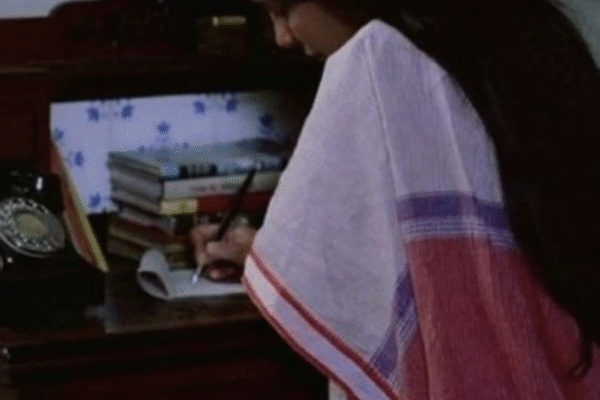Firmly rooted in Rural and Royal Traditions, the Traditional Thai Massage was developed over 2500 years ago.
It is based on principles of correcting energy balance through the body by using pressure, tension, and motion movements which improve regional blood circulation. This tradition is the inspiration for a collection of wooden objects that celebrate the joy of healing through self massage.
Mimicking palms, thumbs, fingers, forearms, elbows and feet, as used in a traditional Thai Massage, our wooden story brings with it age old wisdom for your everyday self-care rituals.
Healing the body through massage
The Traditional Thai Massage includes a variety of Thai healing arts, from the yam kaeng (walking on the back), tok sen (tapping specific points with a mallet), bone setting, to the rue see dad ton (Thai style exercise).
The philosophy emphasizes on stimulating energy lines (sen) which crisscross the the body, ultimately re-balancing the four elements – wind, water, fire and earth.


Object: Nuat Tai Roller
Rebalance your natural flow
Mimics the gentle but firm pressure of the elbows as they roll down the body during a massage. Hold the roller in your hand and glide it in downward strokes. Where there is a knot, hold the object by the balls, and softly apply pressure.
Material: Palmwood
Gua Sha: a womans secret to youth
Along with the sens (energy meridians found in the body), a hill tribe woman’s secret to youth lies in gua sha.
Ping Zhang, DOM, L.Ac, a New York based Traditional Chinese Medicine says: “Gua sha was originally used for two conditions: the abrupt, immediate, sudden collapse of the body from heatstroke, and could be performed with whatever tool that is able to scrape – a spoon, shell, bone, horn. “
Cecily Braden, a holistic esthetician claims that the benefits of gua sha were infact discovered by mistake.
Here in the Thai hills, women often have a small scraping tool in their vanity box. Atleast once a week, a woman scrapes her face, neck and sometimes her whole body before applying thanaka powder.
Gua sha relieves tension, boosts blood circulation and encourages lymphatic drainage. The technique might leave redness for a couple of hours, but, rest assured healthier that youthful skin will appear as the skin heals.


Object: Peach Wood Facial Gua Sha
Begin:
In a quiet room, light a scented candle of your choice. Cleanse your face as usual, and follow to moisturise with your favourite oil. As you oil your wooden gua sha, you should notice your subconscious mind anticipate and visualise you enjoying the benefits of gua sha.
Begin to scrape. With each upward stroke, breathe – inhale, exhale, inhale, exhale. Take your time with it, you are coming back to yourself: mind, body spirit.

(Left: Gua Sha motions) (Right: A facial map to your organs)

Thai foot massage: connected to your roots
The Traditional Thai Massage places much importance on the feet as they are like roots connecting us to the Earth.
A massage always begins at the lower extremities because all the 10 sens are rooted in the foot – energy shoots upwards from here to the corresponding organ. For instance, to treat diseases of the digestive system, the Sen Ittha, Pingkhala, Sumana, Kalathari in the feet are stimulated. To treat eye discomforts, Sen Sahatsarangsi, Thuwari, also in the feet are pressed.
Alright, I am getting carried away by passion, let me spare you the technical terms while I can still resist the urge to completely submerge you in all this wisdom.
By now, it must be evident that the Thai Foot Massage is a fascinating science and art. For millennia folk continue to practice this art of healing amongst themselves.
And, if you have ever travelled to Thailand and stumbled on an authentic masseuse, you will come to appreciate the simplicity, spirituality and serving nature that are the very heart of Thainess.


Object: Thai Foot Massage Stick
Heal yourself, heal the Earth. Embark on a journey to discover and learn the ancient wisdom of the Traditional Thai Massage.
This invaluable knowledge is also inscribed on UNESCO’s Representative List of Intangible Cultural Heritage of Humanity and readily available at Wat Pho.



